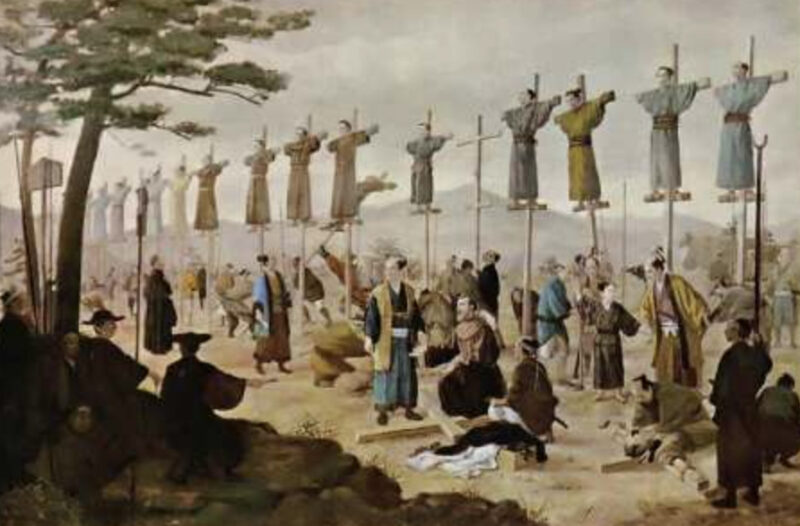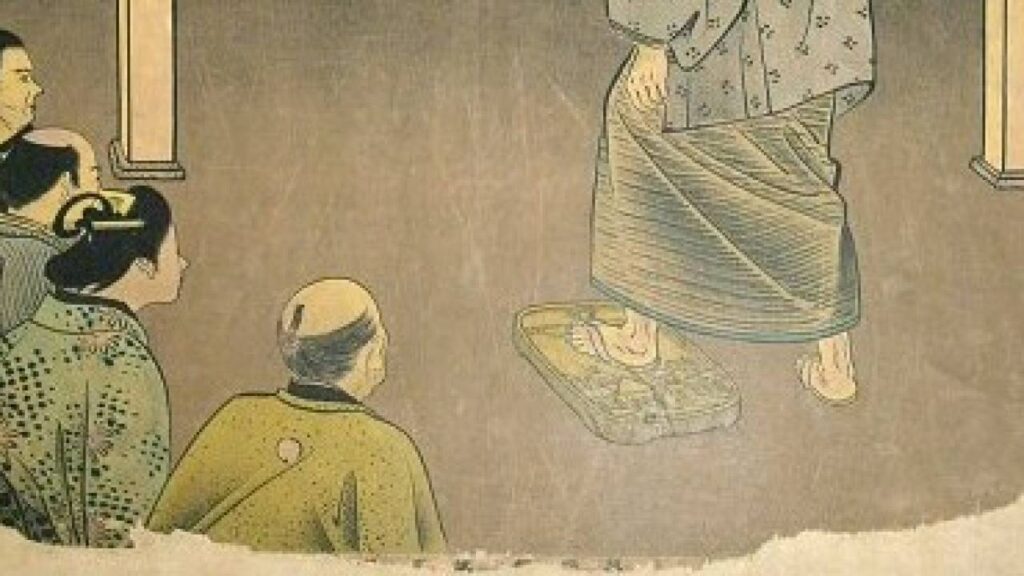Christianity in Japan is deeply intertwined with the cultural fabric of life, alongside Shinto and Buddhism, despite the widespread celebration of Christian traditions like Christmas and Halloween. But how did Christianity, originating from the predominantly Christian regions of Europe, manage to spread in Japan, which lies far away? This article delves into the history of Christianity in Japan.
Introduction of Christianity to Japan

The introduction of Christianity to Japan dates back to 1549 when Francis Xavier, a missionary from the Society of Jesus, landed in Kagoshima. Xavier, along with other missionaries, traveled across Japan, spreading the teachings of Christianity.
The missionaries adapted to Japanese culture and language, garnering the interest of many Japanese people and forming early Christian communities. During this period, Christianity was mainly embraced by the nobility and merchant classes, associated with an interest in Western culture and knowledge.
(Image citation: Society of St. Paul, San Paol)
Spread of Christianity in Japan

Christianity spread relatively quickly through Japanese society and culture, particularly in the Kyushu region, where many feudal lords and their vassals converted to Christianity. These Christian feudal lords were known as "Kirishitan Daimyo."
In these areas, Christianity facilitated the formation of new power structures and brought political and economic benefits through trade connections. Missionaries successfully spread Christianity in a manner that was accessible to the Japanese by using Japanese literature and arts to convey Christian doctrines.
(Image citation: 歴史街道)
Tolerance of Christianity by Oda Nobunaga

Oda Nobunaga was notably tolerant towards Christianity. He saw Christianity as a new force different from traditional Japanese religious powers and sought to use it to advance his political ambitions.
Under Nobunaga's rule, Christianity was protected, and missionaries enjoyed freedom of activity. Nobunaga's tolerant policies significantly contributed to the further spread of Christianity in Japan. (Image citation: President Online)
Reasons for the Ban and Persecution of Christianity

However, following the death of Oda Nobunaga, Toyotomi Hideyoshi and Tokugawa Ieyasu initiated the prohibition and persecution of Christianity. They perceived Christianity as a threat to Japan's traditional values and social order and were concerned that Christians could be easily influenced by foreign powers, leading to efforts to eradicate Christianity. This persecution was carried out as a means to unify Japan and establish stable governance.
(Image credit: 戦国日誌)
Exposing Christians through the Use of Fumi-e

The most infamous method used to expose Christians was the "fumi-e", which involved placing images of Christ or the Virgin Mary on the ground and forcing people to step on them. Those who refused were identified as Christians and were subject to arrest, torture, and sometimes even execution. The fumi-e was an effective means to identify Christians and force them to renounce their faith.
Such harsh measures were aimed at revealing those who secretly held Christian beliefs and eradicating Christianity from Japanese society.
(Image citation: Japaaan Magazine)
The Secret Faith of the Hidden Christians

Despite the severe persecution by the Tokugawa Shogunate, some Christians continued their faith as "Hidden Christians." They concealed their beliefs from the outside world and secretly adhered to Christian teachings. The communities of Hidden Christians maintained their faith through a unique interpretation of Christian doctrine adapted to Japanese culture.
While outwardly participating in Buddhist and Shinto religious ceremonies, they inwardly maintained their Christian faith, leading a complex life of dual beliefs. These Hidden Christians are known as a unique presence in the religious history of Japan.
(Image citation: 新上五島町 観光物産協会)
The End of Christian Persecution in the Meiji Era

With the onset of the Meiji era, Japan underwent rapid modernization and Westernization. During this period, the abolition of Christian persecution and the declaration of freedom of religion were announced. The Meiji government recognized the importance of granting religious freedom to build equal relationships with Western nations. The lifting of the Christian ban in 1873 was a crucial step for Japan to be recognized as a modern nation in the international community.
This change held significant meaning for the Hidden Christians as well. They were able to end their years of concealment and publicly declare their faith. Additionally, many foreign missionaries came to Japan during this period to establish new churches and support the communities of Japanese Christians. The Meiji era marked the beginning of a new chapter for Christianity in Japan, paving the way for religious diversity and tolerance in Japanese society.
(image citation: 歴史逍遥『しばやんの日々』)
Summary
How did you find it? This time, we have unraveled the tumultuous history of Christianity in Japan. Starting from the arrival of Francis Xavier, moving through the tolerant acceptance by Oda Nobunaga, followed by the persecution under Toyotomi Hideyoshi and the Tokugawa Shogunate, the use of fumi-e to root out Christians, and leading up to the secret faith life of the Hidden Christians, Christianity has deeply influenced Japanese society and culture. Notably, the declaration of religious freedom in the Meiji era marked a significant turning point in the history of Christianity in Japan.
The history of Christianity in Japan is a vivid example of how an imported religion negotiates with traditional culture, takes root in a unique form while sometimes facing resistance. Through this history, the religious tolerance and diversity of Japanese society, as well as its capacity for adaptation to change, are highlighted. The footprint of Christianity in Japan teaches us the importance of international exchanges and the necessity of mutual understanding between different cultures.




